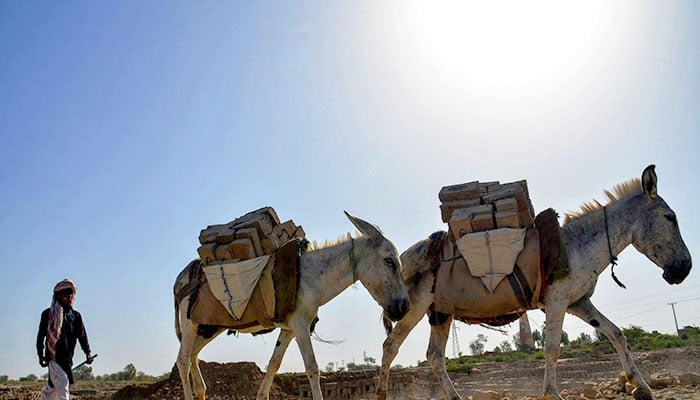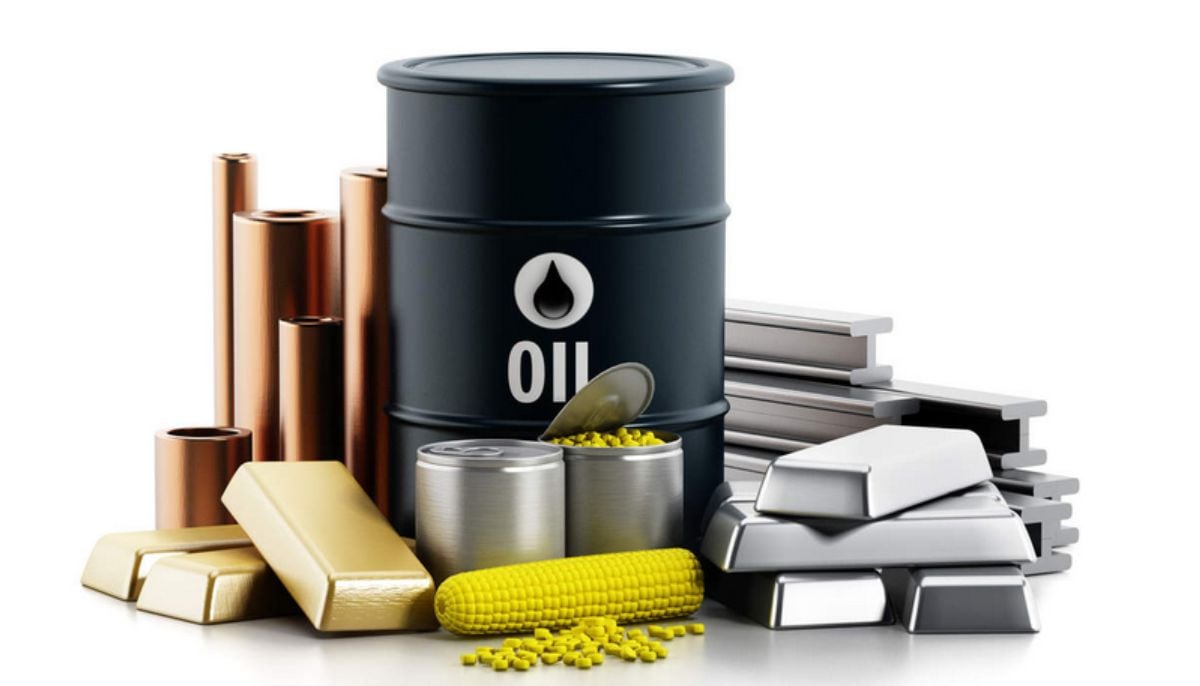Donkey population keeps growing in Pakistan, climbes to 5.9 million during fiscal year 2023-24
Fresh data in economic survey shows population of donkeys in country jumped to 5.9 million during fiscal year 2023-24
ISLAMABAD: The donkey population in the country has increased by another million during the previous fiscal year 2023-24, keeping the consistent upward trajectory, Pakistan's economic survey revealed on Tuesday.
The pre-budget document also showed a significant jump in the population of other animals including cattle, buffalo and sheep.
As per the fresh data, the population of donkeys in Pakistan has jumped to 5.9 million during the fiscal year 2023-24.
The latest figures showed that the population of the "beasts of burden" has been increasing steadily during the past few years as there were 5.5 million of them in 2019-2020, 5.6 million in 2020-21, 5.7 million in 2021-22, and 5.8 million in 2022-23.
The report revealed by Finance Minister Muhammad Aurangzeb also provided data on the population of other livestock, according to which, the cattle population in the country has increased to 57.5 million, buffalo to 46.3 million, sheep to 32.7 million, and goats to 87 million.
There has been no change in the number of horses and mules for the last five years which remained at 0.4 million, and 0.2 million, respectively.
However, the number of camels in Pakistan, which remained stagnant for four years, has inched up to 1.2 from 1.1, during the past fiscal year.
| Species | 2021-22 (mn) | 2022-23 (mn) | 2023-24 (mn) |
| Cattle | 53.4 | 55.5 | 57.5 |
| Buffalo | 43.7 | 45.0 | 46.3 |
| Sheep | 31.9 | 32.3 | 32.7 |
| Goat | 82.5 | 84.7 | 87 |
| Camels | 1.1 | 1.1 | 1.2 |
| Horses | 0.4 | 0.4 | 0.4 |
| Asses | 5.7 | 5.8 | 5.9 |
| Mules | 0.2 | 0.2 | 0.2 |
Animal husbandry is a cornerstone of Pakistan's rural economy, with more than 8 million rural families deeply engaged in livestock production.
As per the PES 2023-24, livestock, which accounts for 60.84% of the agricultural sector and 14.63% of GDP, grew by 3.89% in 2023-24, up from 3.70% last year.
In the broader economic landscape, the livestock sector has solidified its position as the primary driver of agricultural growth, comprising approximately 60.84% of the agricultural value added and 14.63% of the national GDP during FY2024.
"This sector is a vital lifeline for these families, contributing significantly to their livelihoods by accounting for around 35% to 40%of their total income,"
The gross value addition of the livestock sector has shown an increase, rising to Rs 5,804 billion in 2023-24 from Rs 5,587 billion in 2022-23, marking a growth rate of 3.9%.
Moreover, the sector's net foreign exchange earnings make a meaningful contribution, accounting for approximately 1.6% of the total exports in the country.
The government has recognized the inherent potential of this sector for economic growth, food security, and poverty alleviation in the country and has accordingly focused on its development.
The overall strategy for livestock development revolves around promoting "private sector-led development with the public sector providing an enabling environment through policy interventions."
Regulatory measures have been implemented to enhance per unit animal productivity by improving veterinary health coverage, husbandry practices, animal breeding practices, assisted reproductive techniques (Embro Transfer Technique, In Virto Fertilisation, etc.), artificial insemination services, use of balanced ration for animal feeding, and controlling livestock diseases such as FMDE, PPR, LSD, and Avian Influenza.
-
Apple tops global smartphone market in 2025, says report
-
AI boom set to lift TSMC’s Q4 profit by 27%
-
An eye on 'global economic instability' as shares slumps, tensions intensify
-
Tesla dethroned: BYD shocks EV market as top seller in 2025
-
China sets up $8.9B fund to boost 2026 consumer goods trade-in
-
Meta to acquire Chinese AI startup Manus to expand advanced AI capabilities
-
China to roll out action plan for digital yuan expansion
-
Amazon halts plan for 'drone delivery in Italy' just before launch












